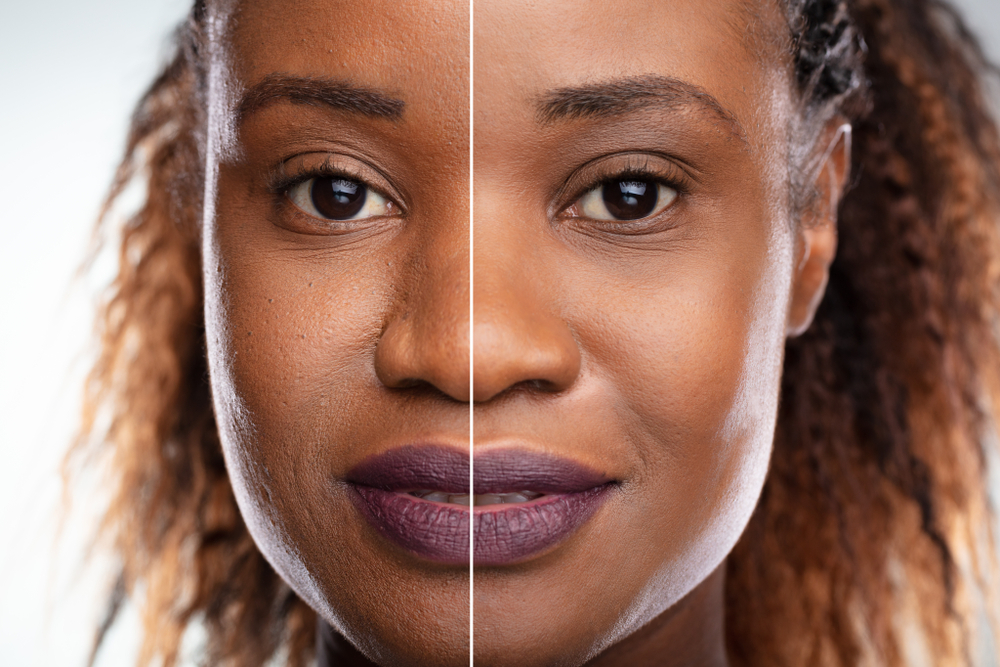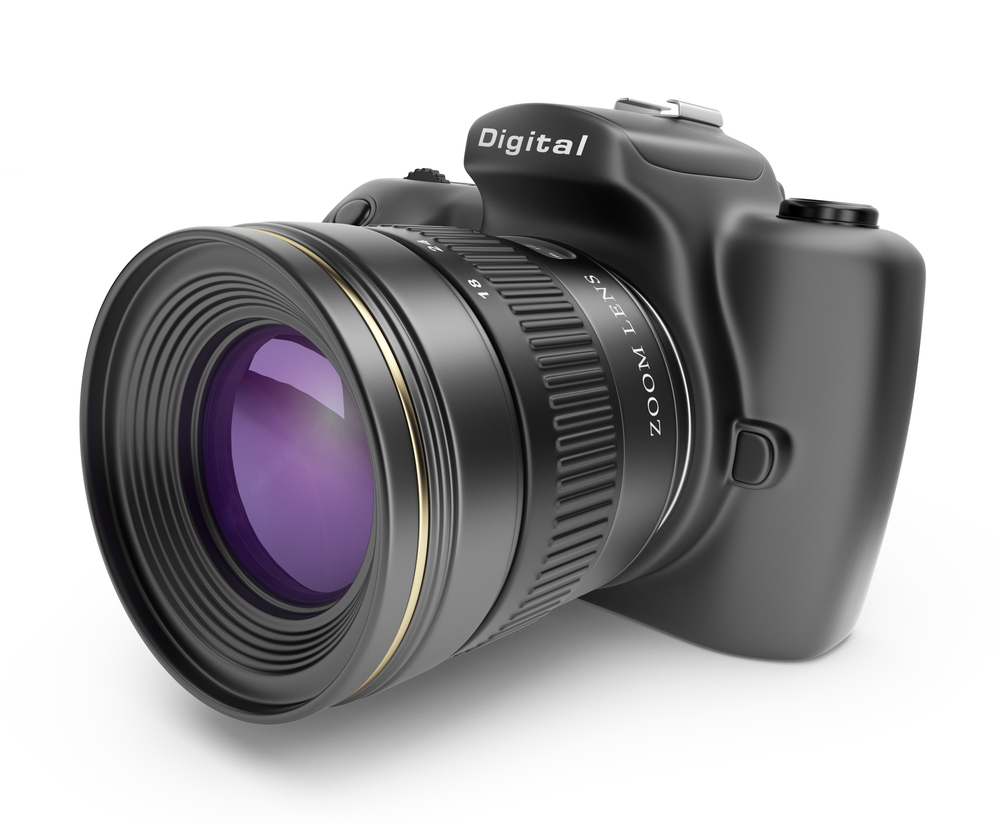How to Optimize Before-and-After Photo Galleries for Medical SEO
Medical providers have long known that great before-and-after photos have incredible value. As soon as a patient enters their website, they see proof of concrete results. The positive impact of photo galleries on new patients cannot be underestimated.
How to Optimize Before-and-After Photo Galleries for Medical SEO
Medical providers have long known that great before-and-after photos have incredible value. As soon as a patient enters their website, they see proof of concrete results. The positive impact of photo galleries on new patients cannot be underestimated.
A thoughtfully-crafted before-and-after photo gallery increases patient trust by providing social proof. Visitors poking around for a care provider turn into solid leads. And if the pictures are carefully presented, many more of those leads will convert into patients.
However, the days of simply posting a straightforward gallery of photographs are over. Search Engine Optimization (SEO) is the first problem that must be solved. It would be a waste to create the perfect website if prospective patients can’t find your gallery photos.
The correct approach requires a careful balance between SEO tactics, stunning photographs, and a gallery designed to present key information seamlessly. You’ll need to create striking, HIPPA-compliant photos. Then – ideally, leveraging modern technologies built for this exact use case – you’ll have the perfect, SEO-friendly method of presenting that crucial content.
How to Build a Photo Gallery
Building a solid before-and-after photo gallery starts with the photographs themselves. There are issues of consent to sort through. And not any photographic quality will do. But by following a few crucial, ultimately simple steps, your practice can quickly build an extensive collection of great photographs.
Ensure Legal Compliance
First, go through this simple checklist to make sure each photograph you take is safe and secure to use:
- Ensure HIPAA compliance before uploading any photographs of patients. Get verbal permission, have waivers ready for signing, and generally keep patients in the loop regarding how images of their treatments are used.
- Remind patients that confidentiality will be upheld. Photographs of medical treatments are intensely personal. Even if a patient doesn’t seem to mind, make sure to clear up the fact that anonymity is a priority.
- Host images on a secure website. Uploaded data and content that actually makes it onto a live website aren’t always identical. A secure host will protect all images, including those that have been removed from the current version of your photo gallery.
Brainstorm Keywords
Keywords continue to be the driving force behind SEO-based marketing. Every landing page that search engines prioritize will be carefully layered with words that users are likely to type in themselves, or related key terms that are algorithmically associated.
A seasoned SEO marketing consultant will have a keen eye for which keywords work better than others. They’ll know when more are needed, or if some restraint would be better to boost search ranking.
But it’s worth keeping in mind that the very best insight into keywords comes from the people with specialty knowledge. A medical practice that takes some time to brainstorm keywords will have a keen advantage over those that simply leave it up to marketing teams to work out on their own.
Marketing works best when it properly showcases the product or service in question in an intimate, informative way. SEO is no exception.
Upload Photos
Uploading photos requires:
- A secure hosting service. This is key for any business website. It’s absolutely crucial for a medical practice website.
- A systematized uploading process. Medical galleries are subject to high standards by search engines. It helps to guarantee that uploads are all original content. It also needs to embed on the landing page at the intended image quality, without issues.
- **A plan in place to remove content. **Again, the inherent sensitivity of medical materials is a top issue here. In case of mistakes or requests from patients, it helps to have a system in place that allows for rapid removal of content.

The longstanding method to achieve the above is to work with a professional web admin. However, in the age of SEO, that route leaves many medical practices behind in search rankings. A consultant well-versed in SEO, with access to high-quality backend software, is crucial for building a quality medical photo gallery in 2022.
Include Variety
Variety is important for medical photo galleries no matter how narrow the focus of a given practice is. Try making content diverse:
- Show different procedures. Even if two procedures are incredibly similar, make sure to show off positive results from each.
- Use subtly different angles. The privacy concerns outlined above may limit options for dramatic photography. That’s fine! Even subtle differences in angles and lighting choices can make content pop on the page. This is helpful for converting leads into patients, and SEO prefers original content whenever possible.
- Showcase a variety of patients. Differences in age, for example, can help cast a wider net for potential patients. People prefer to see what results might look like on someone who looks like them.
- Adjust the fundamentals of photo galleries based on your practice. For example, a practice focused on ethnic rhinoplasty for younger people should focus on photos that reflect that population.
Take Quality Shots

Use a professional photographer if possible. If not, quality shots are more achievable than ever:
- Consistent lighting is key. As noted above, subtle changes can be helpful. Just consider everything in terms of category. A slight lighting change to mark different procedures, for example.
- Choose a background that helps make images clear at a glance. Users won’t always take a long look at individual photographs. The best way to make pictures stand out while visitors scroll around? A strong silhouette.
- Pick the camera angles that best highlight the before-and-after dichotomy. Nothing matters more than instantly communicating to potential patients how effective a medical procedure is.
- Use high-resolution camera. Many flagship smartphones have incredible cameras that are appropriate. But don’t assume that is the case. Always take a moment to learn how to properly use the camera in a high-end phone. And as ever, the best results still come from dedicated, high-resolution professional cameras.
How to Optimize Your Photo Gallery
Once you have enough photos to populate a before-and-after gallery, it’s time for the part of the SEO process that’s a bit less concrete. Don’t worry too much, though. By following the guidance below, you’ll have the most important aspects covered.
Treat Your Gallery Like a Blog
Don’t do an old-school internet static gallery. Instead, treat your before-and-after pictures like a blog:
- Structure each page as a case study. This helps potential patients see how serious your practice is. And it provides a major opportunity for including keywords to help with SEO.
- Stick to describing procedures, not patients. Confidentiality laws discourage sharing too much personal medical information.
- Keep content relevant to users. An underdiscussed aspect of SEO is that humans often go through local results to check for quality content. “Keyword stuffing” can lead to a sudden drop in ranking.
- Update often. Search engines prefer websites that update regularly. While this won’t guarantee a boost in SEO, it encourages algorithms to re-check websites. If the content there is improved, the ranking tends to reflect that.
Use a Keyword Tagging Tool
If SEO is so complex, how does one with specialized knowledge entirely out of the marketing space grapple with it? The answer is in using a keyword tagging tool.
DoctorLogic maintains a powerful, easy-to-use Before & After Galleries tool specifically for medical professionals. It works just as easily as uploading photos to Facebook.
Crucially, it automatically generates relevant keywords for titles and body text based on your practice. It also creates keyword-based tags for each image to assist with image SEO. The workload of maintaining up-to-date knowledge of SEO best practices is largely offloaded to the tool.
A Case Study in Optimizing Photo Galleries
DoctorLogic’s Before & After Galleries tool is the result of working with medical practices to discover the best results. Not just SEO alone, but content that also converts real leads into actual patients.
Consider the story of Dr. Rolando Morales, a Houston area cosmetic surgeon. After two years of uploading side-by-side photos with DoctorLogic’s help, his first-page keyword rankings increased by 2,944%.
The gallery he built brings in 74% of page view traffic. And 27% of leads come straight from the gallery page. Most importantly, his patients often reference the gallery directly to help communicate their unique needs before receiving treatment.
That incredible result wasn’t a matter of luck. Dr. Morales leveraged the ever-improving power of a tool built to supercharge the best lead-conversion aspect of any medical practice website – the photo gallery. A strong before-and-after photo gallery landing page is a powerful place for potential patients to find. Read more about Dr. Morales’ experiences here.
